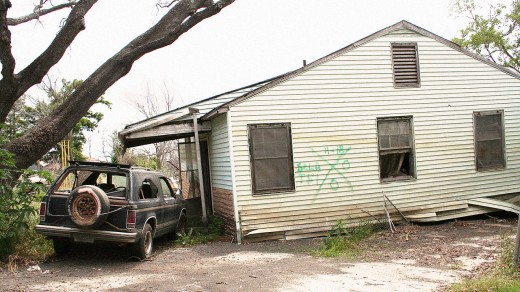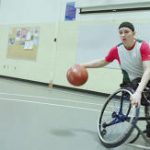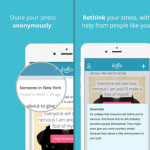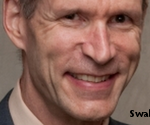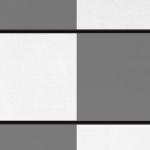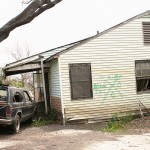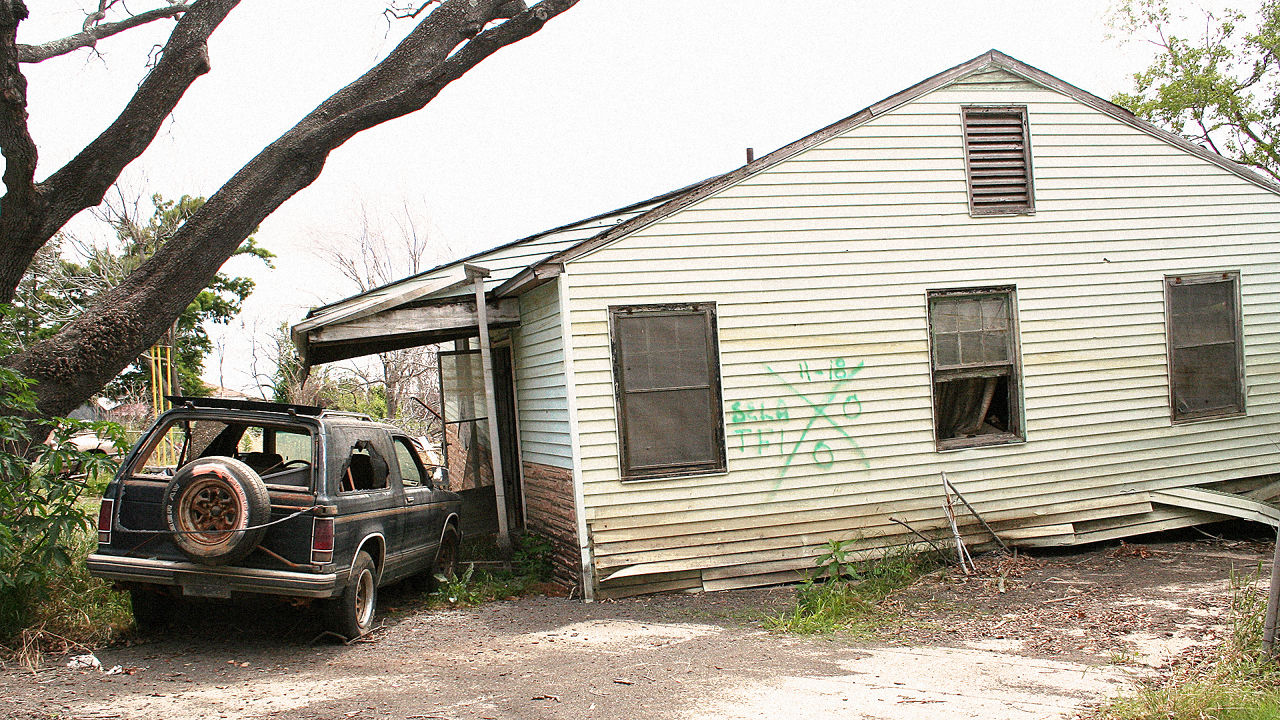the ability Of Human Resilience After major disasters– And The significance Of community
Researchers had the distinctive probability to measure the “happiness” of susceptible New Orleans residents sooner than and after hurricane Katrina. the consequences are uplifting.
April 15, 2015
Two years sooner than hurricane Katrina devastated New Orleans, killing 1,800 folks and destroying greater than 60% of the town’s housing inventory, a gaggle of researchers embarked on what was then a normal academic learn about designed to beef up the educational performance of about 1,000 low-income parents enrolled at two community schools within the metropolis.
The storm disrupted the researchers’ complete learn about but proved to have a silver lining: Their initial survey used to be abruptly incredibly precious for a wholly different objective. If the researchers, based at a number of universities around the us of a, may get in touch with everyone again, they’d have something fairly rare in social science analysis: A sooner than and after comparability of how people reply to the worst and most unpredictable varieties of disasters.
The Resilience in Survivors of Katrina (“risk”) challenge used to be born, and the researchers ended up monitoring down about 70% of their preliminary cohort twice: three hundred and sixty five days after the catastrophe and again after four years. They conducted the same surveys once more, additionally including questions on how the hurricane had affected their lives. within the years for the reason that these surveys, the risk venture has revealed dozens of research that evaluate the pre- and publish-Katrina results on subject matters ranging from submit-irritating stress, kid effects, residential mobility, and mental well being.
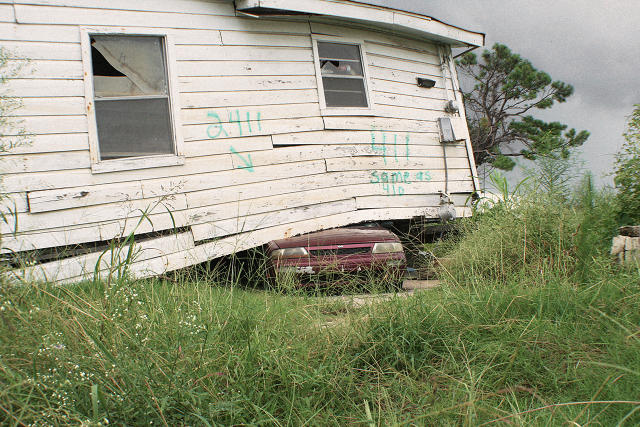
one of the crucial fascinating studies to return out of the work was once printed not too long ago in the Journal of Happiness studies. It looked at what you’d are expecting: The pre- and publish-catastrophe ranges of happiness amongst 491 of the survey individuals, all women. It honed in on how they answered the survey question, “if you had been to believe your lifestyles on the whole nowadays, how happy or sad would you say you might be?”
the results, in accordance Rocio Calvo, an assistant professor at Boston college’s faculty of Social Work and the lead researcher on the happiness learn about, have been encouraging and stunning. Even just one yr after the storm, virtually 89% of girls remained within the “moderately satisfied” or “very happy” classes, although there was a drop in happiness on average. on the other hand, by means of 4 years after the storm, almost all the respondents had long gone again to their pre-storm happiness levels. “i feel people are extra resilient than they are given credit for,” she says.
this is amazing to consider. These are already prone girls who went via major stress as a result of Katrina—85% of their homes had been seriously broken and virtually one-third had misplaced a member of the family or shut friend. On average, they skilled at least three main stress factors all over the storm, reminiscent of no clinical take care of themselves or a friend or no food to eat.
There used to be one exception: 38 ladies who continued to have decrease levels of happiness even four years after the storm. They were extra more likely to be living on their own after the storm and mentioned consistently decrease ranges of perceived toughen from their communities.
“Our analysis confirmed that social give a boost to, both ahead of and after hurricane Katrina, was once the main factor related to women’s happiness,” Calvo says.
Calvo, who also studies happiness in Latino immigrant communities, believes the study underlines the significance of supporting the neighborhood material in susceptible populations. Social workers, she says, can’t just come in and dictate how communities should use instruments, even though they mean to lend a hand. “Communities may well be bad and susceptible, but they are going to be aware of better than you what works,” she says.
[top photograph: imagist by the use of Shutterstock]
(147)

